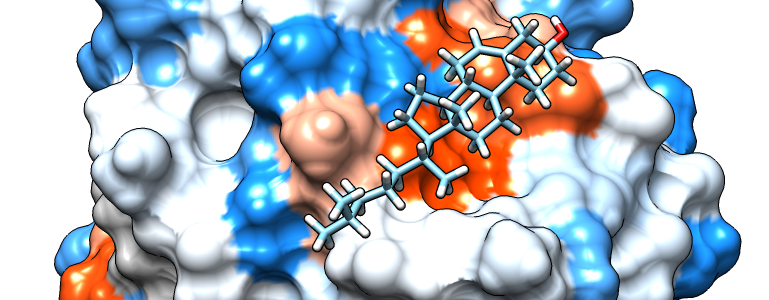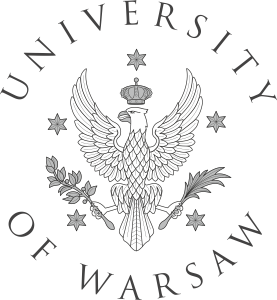
Obesity is a risk factor for diseases such as type II diabetes, heart disease and fatty liver disease. An international research team, to which researchers from the UW Faculty of Chemistry belong, identified a new factor that offers a potential new therapeutic strategy for obesity. Their study has now been published in the prestigious journal “Nature Metabolism”.
According to the World Health Organisation, obesity has reached epidemic proportions globally, with at least 2.8 million people dying each year as a result of being overweight or obese. A central element in the development of obesity is adipose tissue, which comprises fat cells (so-called adipocytes, specialised to store fat) and macrophages (immune system scavenger cells, which are typically associated with the destruction of microbes).
Scientists from Austria, together with researchers from Germany and Australia, and a team of scientists from the University of Warsaw have discovered the signalling pathways responsible for the development of a valuable type of adipose tissue macrophage (ATM) in obesity, which prevents lipotoxicity. Lipotoxicity is the process whereby fat molecules are deposited in non-adipose tissues.
Like Dr. Jekyll and Mr. Hyde
The researchers working at the UW Faculty of Chemistry: Dr. Maria Górna, Dr. Marta Kulik and Prof. Paulina Dominiak, specifically studied the PI3K signalling pathway. This is a major metabolic regulator, since it regulates fat storage and plays a major role in the cellular reaction to the hormone insulin. In obesity, diminished insulin action or insulin resistance leads to type II diabetes, which is linked to high blood glucose levels.
Dr. Gernot Schabbauer from the Institute of Vascular Biology and Thrombosis Research at MedUni Vienna’s Center for Physiology and Pharmacology has been studying the PI3K signalling pathway in immune cells for several years. “The key role of PI3K in metabolic processes is proven but its role in adipose tissue macrophages was hitherto unclear,” stresses Dr. Schabbauer.
“ATMs are like Dr Jekyll and Mr Hyde – in obesity, they can either be good or bad. We assumed that an active PI3K signalling pathway could tip the balance in favour of ‘good’,” adds Julia Brunner, co-lead of the study.
Using techniques such as multicolour flow cytometry, lipidomics, cellular respiration tests and several animal models, the scientists discovered that sustained activity of the PI3K signalling pathway can tip the balance within macrophages for the better: this notably produces specialised ATMs, which are characterised by increased numbers of MARCO (macrophage receptor with collagenous structure) scavenger receptors on their surface.
Scavenger receptor
“We discovered that these MARCO-expressing ATMs are professional lipid scavengers. These cells absorb fat MARCO-dependently and break it down, thereby preventing it from finding its way into the bloodstream,” explains Andrea Vogel, co-lead author of the study and doctoral candidate in immunology at MedUni Vienna. Omar Sharif, a co-senior author of the study, adds: “Metabolic syndrome and lipotoxicity are characteristic features of obesity. Our work indicates that a higher lipid intake and improved energy metabolism of the ATMs helps to maintain systemic metabolic health. This can have far-reaching impacts for a number of metabolic diseases.”
The researchers from the University of Warsaw analysed the structure of MARCO and assessed its potential for lipid binding. “It is a receptor known for binding and cleaning up as diverse objects as bacteria or oxidized Low-density lipoprotein, but its role in buffering lipids is new”, says Maria Górna. “This study is only the beginning of our collaboration with colleagues from Austria, and we have ideas on how to next test the direct involvement of MARCO in lipid uptake.”
Subsequent studies will now be conducted to establish whether PI3K signalling can also have a lasting influence on the ATM population in humans.
Article in “Nature Metabolism”
“The PI3K pathway preserves metabolic health through MARCO-dependent lipid uptake by adipose tissue macrophages”, “Nature Metabolism”, https://doi.org/10.1038/s42255-020-00311-5
Source: www.en.uw.edu.pl

